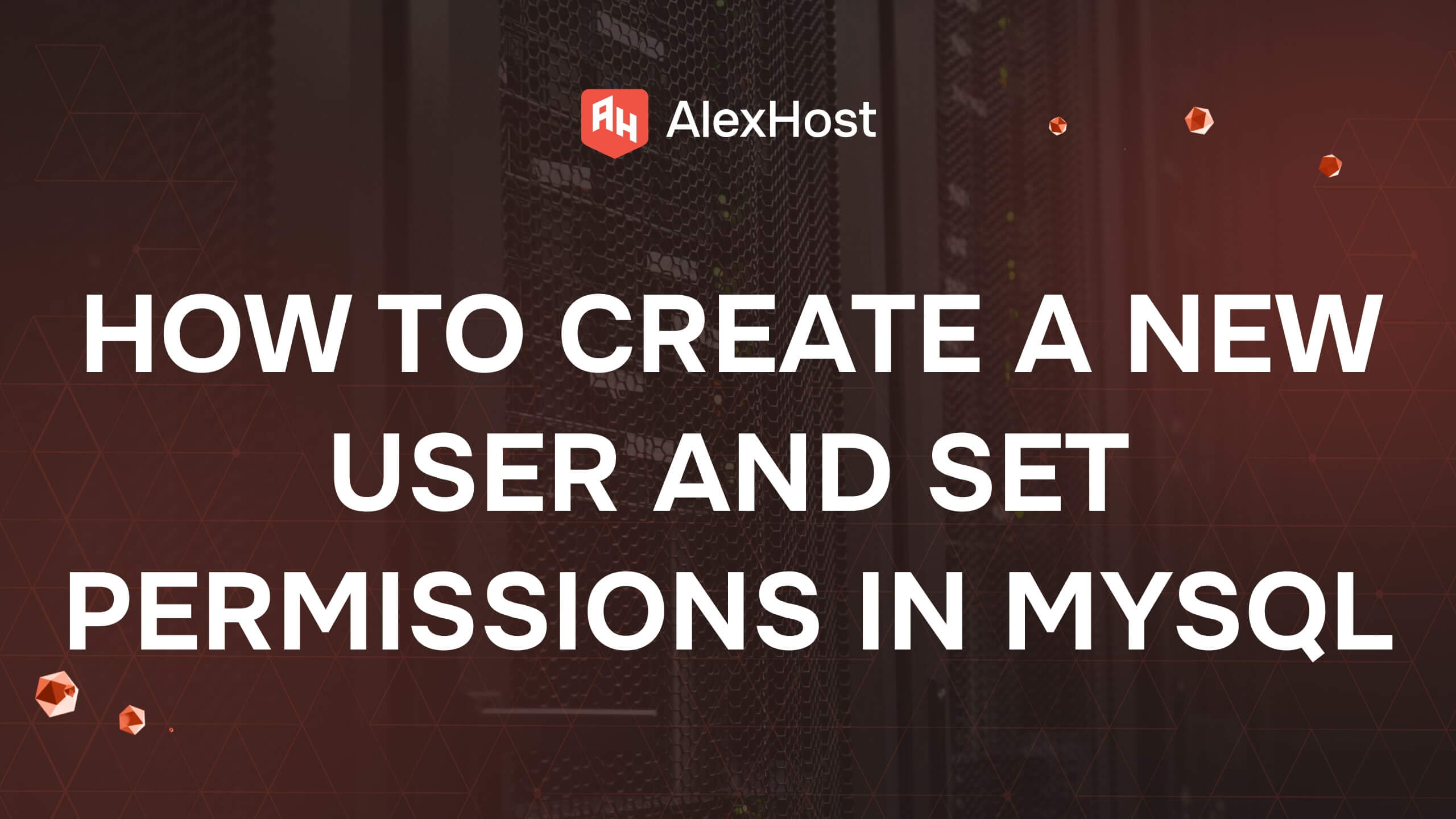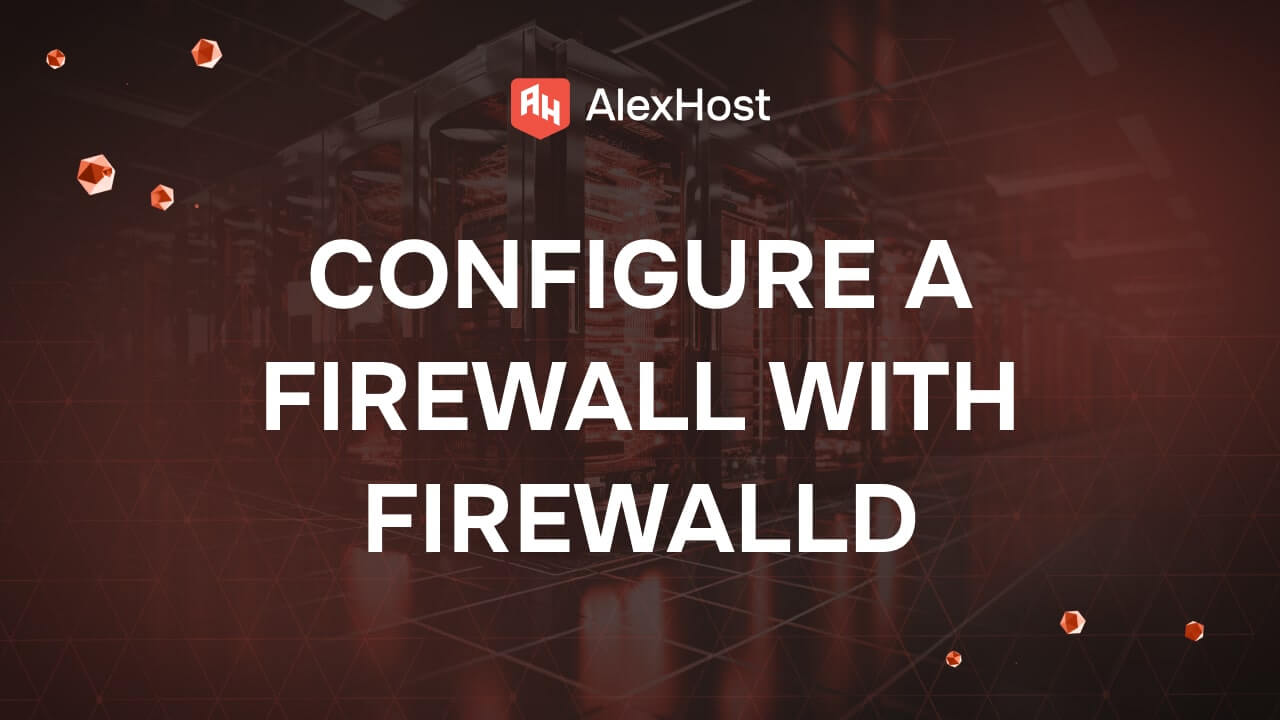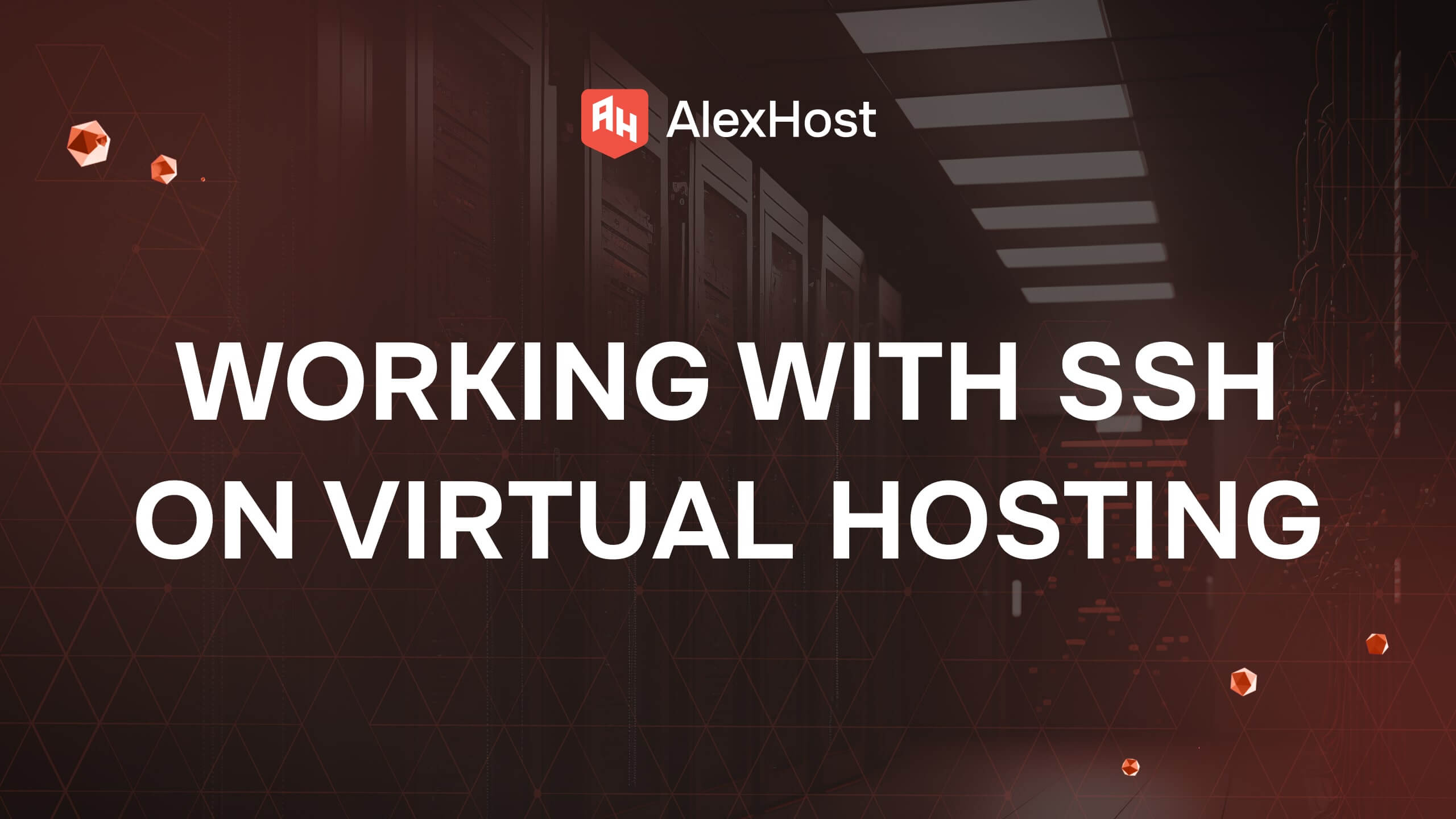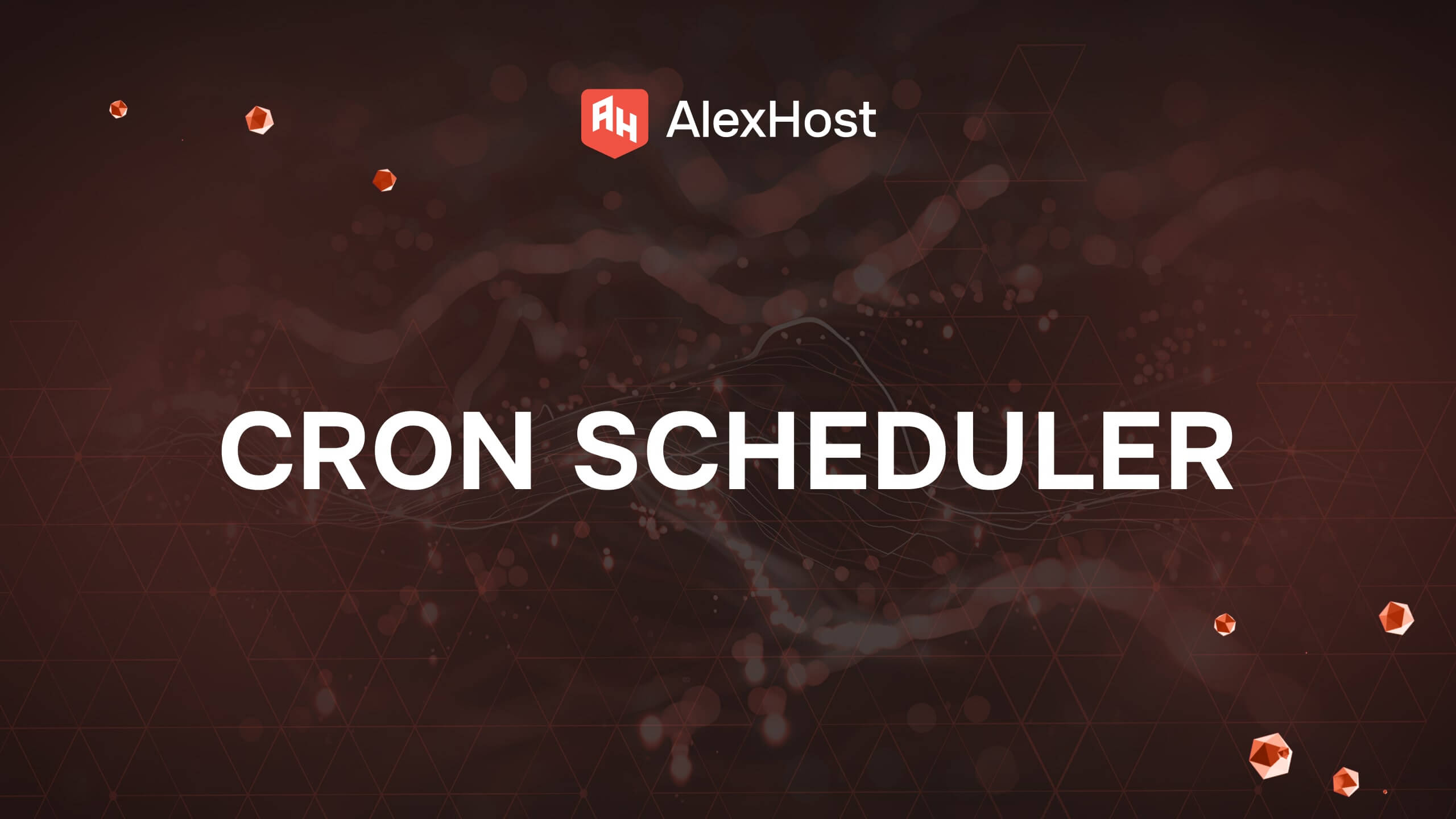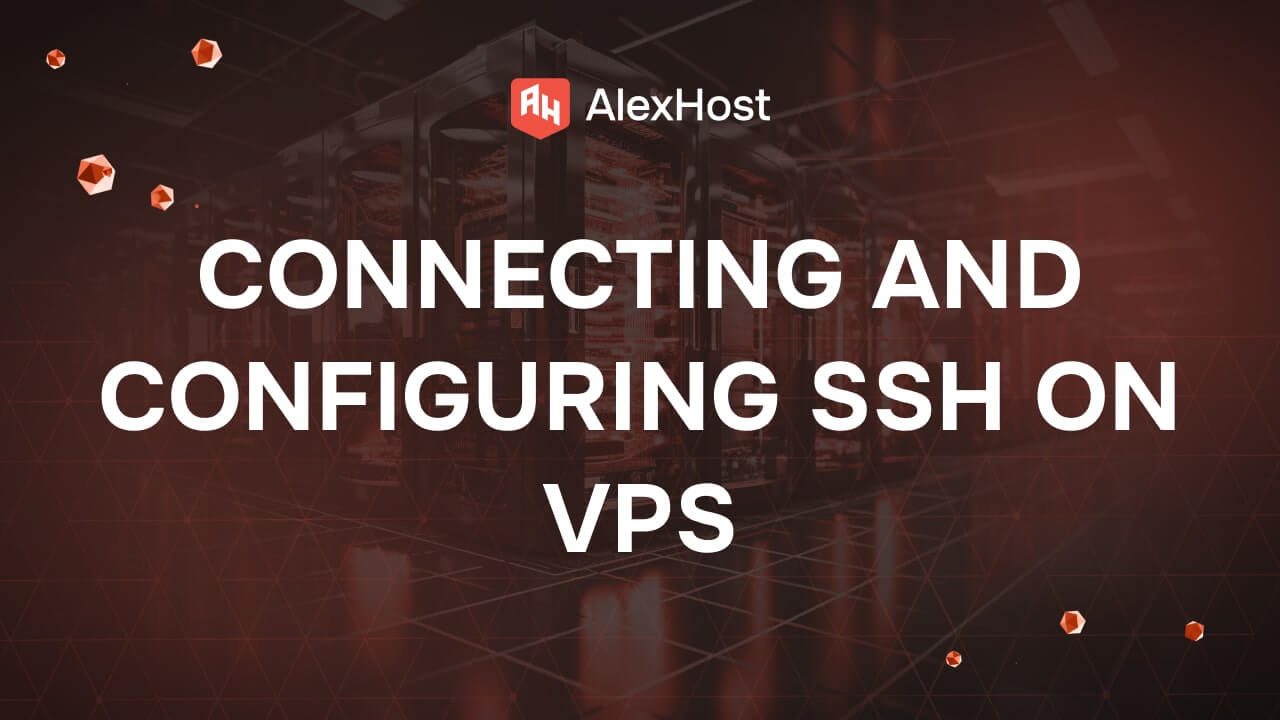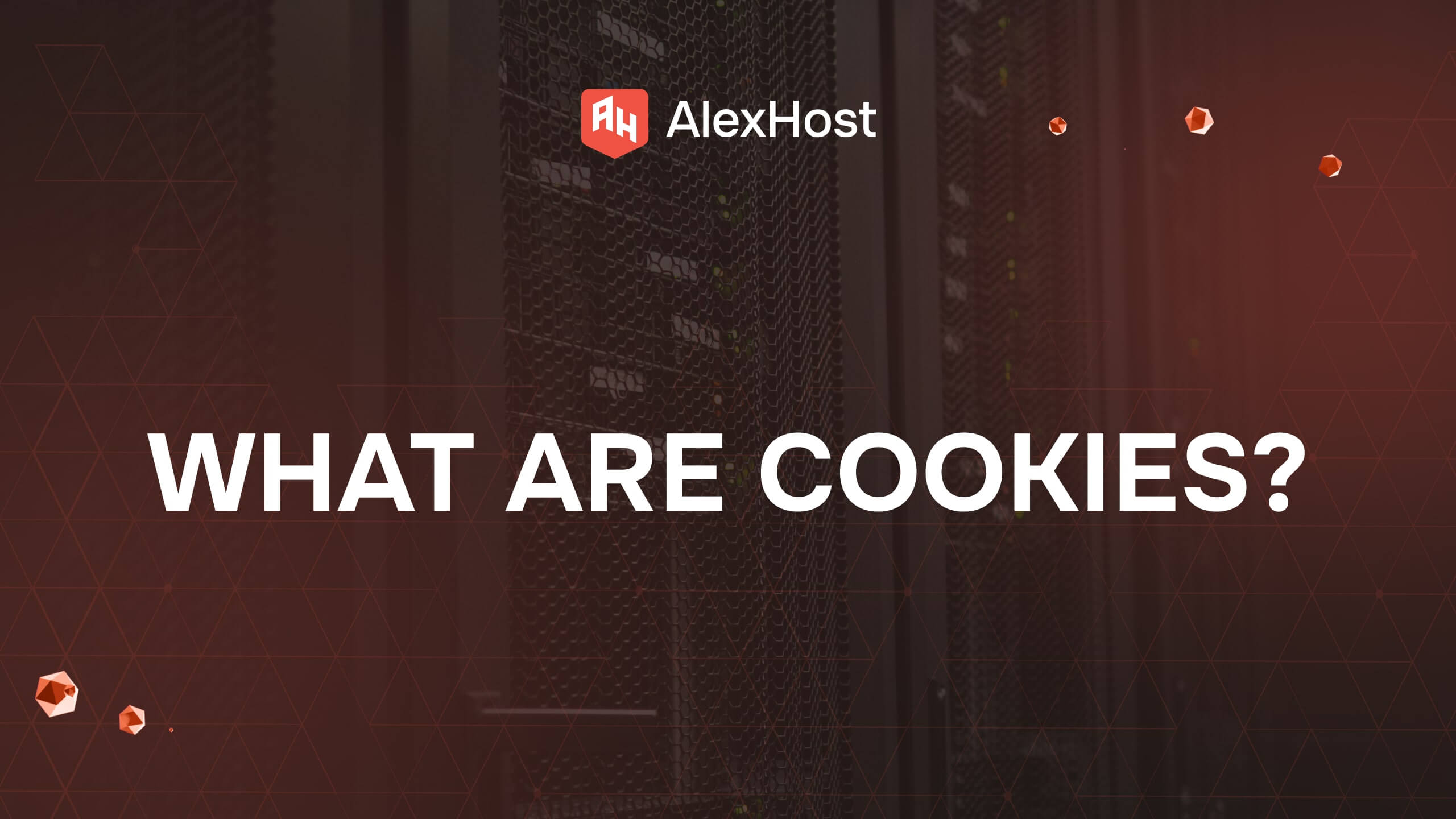MySQL is a widely used relational database management system that allows you to create and manage databases efficiently. One important aspect of database administration is user management. Creating new users and setting their permissions is essential for maintaining database security and ensuring that users have the appropriate access levels. Hosting services play a crucial role […]
Read MoreFor those using Linux hosting from AlexHost, protecting your server with a properly configured firewall is very important. AlexHost provides stable and performance-optimized hosting, giving you full control over your server’s security settings. With AlexHost, you can use tools like Firewalld to strengthen your server’s security against unauthorized access and potential threats. This guide will […]
Read MoreSecure Shell (SSH) is a crucial tool for managing virtual hosting environments. It provides a secure method to access and manage your server remotely, allowing you to perform administrative tasks and configure applications. This guide will explore the basics of working with SSH in a virtual hosting environment. 1. Understanding SSH SSH is a protocol […]
Read MoreCron Scheduler is a powerful tool for automating repetitive tasks on Linux-based servers, allowing users to set up commands or scripts to run at specified times or intervals. Whether it’s performing regular backups, updating data, or clearing cache, cron jobs are essential for efficient server and website management. 1. Understanding Cron Cron is managed by […]
Read MoreLinking a domain to an IP address is a fundamental step in setting up a website. This process involves configuring your domain’s DNS (Domain Name System) settings to point to the server where your website is hosted. This guide will explain how to link a domain to an IP address using common domain registrars and […]
Read MoreSecure SSH Access to Your AlexHost VPS Why secure SSH on AlexHost? SSH is your key to managing an AlexHost VPS securely, letting you control your server remotely with confidence. AlexHost’s high-performance VPS, with NVMe storage and DDoS protection, pairs perfectly with SSH for fast, safe access to your WordPress, Git, or custom apps. This […]
Read MoreIspmanager is a popular control panel for managing web hosting environments. It provides a user-friendly interface that simplifies the process of hosting websites, managing domains, databases, and email accounts. This guide will walk you through the steps of hosting a website using Ispmanager. 1. Prerequisites Before hosting your website with Ispmanager, ensure you have the […]
Read MoreWhen managing a website, having the right hosting service is vital to ensure smooth performance and optimal user experience. AlexHost’s VPS hosting offers a reliable platform for website owners to implement key functionalities like cookies effectively. With customizable server configurations, full root access, and high-speed performance, AlexHost ensures your website can seamlessly manage cookies to […]
Read MoreSecuring your website with HTTPS is essential for protecting user data and improving SEO rankings. Redirecting all traffic from HTTP to HTTPS ensures that users access the secure version of your site. This guide will walk you through the process of setting up a redirect from HTTP to HTTPS using Nginx on a Linux server. […]
Read MoreRedirects are essential for managing URL changes, maintaining SEO, and ensuring a smooth user experience. Nginx is a popular web server that allows you to set up various types of redirects easily. This article will guide you through the process of configuring redirects using Nginx on a Virtual Private Server (VPS). 1. Understanding Redirects Redirects […]
Read More






